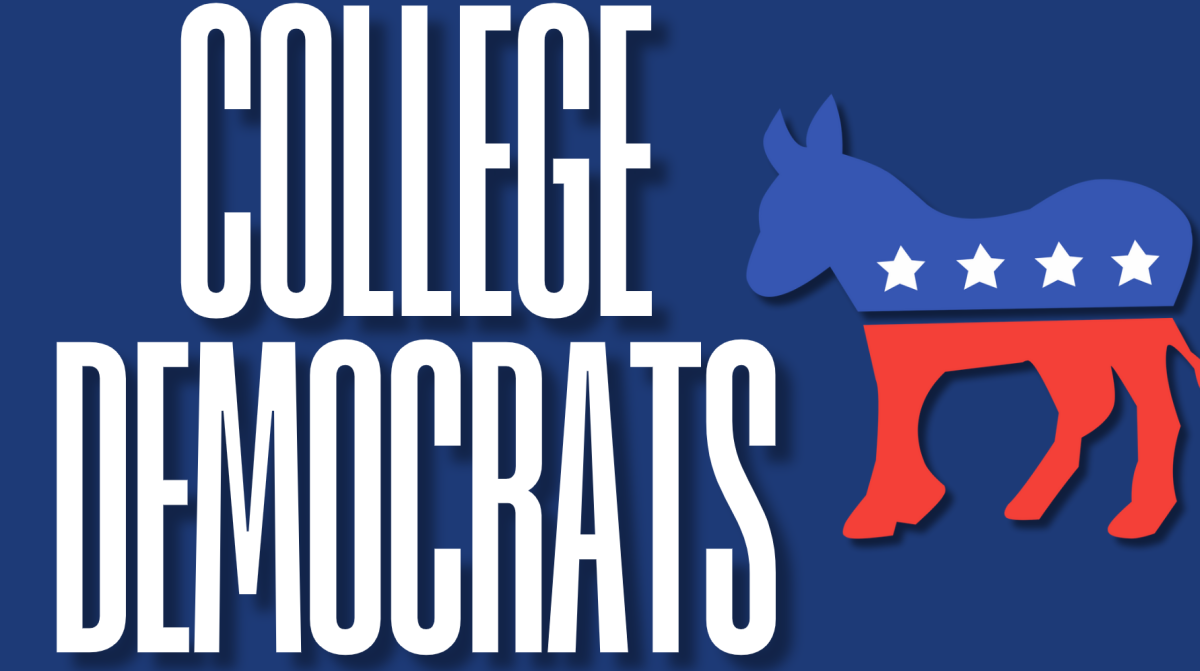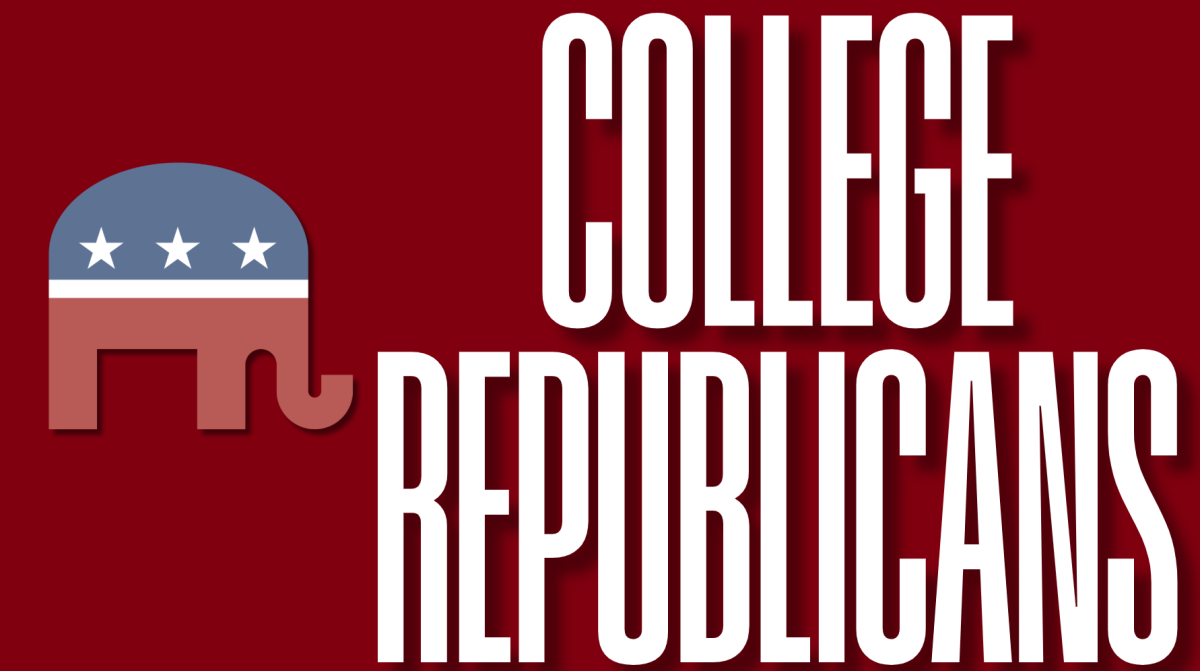
By Christopher Canadeo
The U.S government should not be able to bail out companies, especially banks, when they get into financial trouble. The beauty of capitalism and the United States economy is that it works on a supply and demand system, which ultimately aims to fulfill the wants and desires of the consumer. Consumers ultimately dictate the success of a company and more importantly, the fall of insufficient companies. However, what happens to the economy when the government is the figure that decides what companies fail rather than the people? Disaster.
Having large private businesses that are “too big to fail” is extremely problematic in the U.S. economy. However, what is more damaging is having banks that fall into the same mold. Banks are businesses, and the ability for a bank to be smart and calculated when sending out loans and receiving interest and reimbursement is what makes one bank stand out from another. Because some Americans with poor credit ratings do not pay their loans back, it is up to the judgement of the banks to determine which customers receive loans and which do not.
However, if a large bank continuously hands out risky loans, not fearing bankruptcy because they will be bailed out by the government, it will have a serious advantage over the average bank who will not be bailed out by the government and thus, can not make those risky loans. The system in place of allowing larger banks to take larger risks with loan allocation is unethical and badly hurts the banks that have less gross profits, but better judgement. With this system in place, the big banks get bigger, while the smaller banks grow smaller and ultimately disappear.
AIG, an American multinational insurance corporation with more than 88 million customers in 130 countries, was a major benefactor of the government bailouts that were given in wake of the 2008 financial crisis. AIG made too many poor lending decisions and was on the verge of bankruptcy until the Federal Reserve decided to buy out 80% of the company for $85 billion, saving it from extinction and allowing all of its customers to remain insured. Although this solution may have saved thousands of jobs, this was only a temporary fix that leads to a much larger issue.
Because the Fed owned so much of the company post-2008, it earned the right to replace management and veto power over all important decisions, including asset sales and payment of dividends. This type of power is very dangerous for the U.S. government to have because it puts it in a position of power that they may not have much expertise in. Having the U.S. Treasury buy a leadership role into one of the largest insurance companies in the world is extremely unhealthy for the business, the industry and the economy as a whole. Making the government act as the puppeteer of a company that employs thousands of people is a far cry from capitalism. Furthermore, large corporation bailouts ultimately hurt the individual consumer because it is their tax dollars that ultimately pay for the huge fix.
I understand that the reason behind the government bailout was because if AIG went bankrupt, thousands of people would be out of insurance and out of a job. However, in the long run, bailing out AIG somewhat rewarded a company who made poor financial decisions and badly hurt other insurance companies from growing their businesses. Even when the largest companies of an industry, one that employs thousands of Americans, are in financial trouble, the government has to believe that the economy and its consumers will bounce back and other companies in the industry will fill the void of what was lost.
The bailout of AIG occurred exactly one day after U.S. Treasury Secretary Henry Paulson said no to further Wall Street bailouts, allowing Lehman Brothers to go bankrupt. It came one week after the government took over Fannie Mae and Freddie Mac and six months after the Fed bailed out Bear Stearns, and later that week, Paulson and Bernanke headed to the Capitol to ask for a $700 billion bank bailout to rescue all other banks. This what makes government bailouts so tricky. Who decides what companies fall and what companies stay afloat and on what principal standing? What factors does the government take into consideration when considering a multibillion dollar bailout? As complicated as this predicament may seem, there is a simple solution to this problem: Bail out nobody, so nobody gets left out.
Another highly controversial government bailout occurred when General Motors was on the verge of bankruptcy in 2009. The U.S. government lost $11.2 billion on its bailout of General Motors Co. (GM), more than the $10.3 billion the Treasury Department estimated when it sold its remaining GM shares in December [2009]. The $11.2 billion loss includes a write-off in March [2009] of the government’s remaining $826 million investment in “old” GM. The U.S. government spent almost $50 billion to bail out General Motors. As a result of the company’s 2009 bankruptcy, the government’s investment was converted to a 61 percent equity stake in the Detroit-based automaker, plus preferred shares and a loan. Although this equity stake is not as large as the 80% equity stake given up by AIG, having over 50% equity in a large company gives that owner certain privileges. Again, the government should not be able to freely buy its way to the top of a major organization. This ruins capitalism and ultimately makes large corporations financially immortal.
The motive behind the GM bailout for the government was simple: keep U.S. jobs. The federal government believed that if GM collapsed, not only would millions of jobs be lost in the U.S. but other players such as Japanese or German car companies would fill the space and greatly shrink the U.S. economy. Although the Fed was successful in preserving the jobs of millions of Americans, they badly hurt the potential growth of other automotive companies that could have benefitted from the mistakes of GM. In a true capitalist economy, in terms of growing a business, it is survival of the fittest, not the largest.
The U.S. bailouts of GM and Chrysler, which received about $12.5 billion, saved 1.5 million jobs in the United States, according to the Center for Automotive Research. Because of this, many economists and government officials view the bailout as a success. However, although GM remains as a powerhouse in the auto industry, the real losers of the bailout were smaller companies who did not receive a financial boost in times of financial crisis. It is almost as if GM was rewarded for not correctly adapting to the struggles of the 2008 financial period when no one wanted to buy a car.
When companies decide to ask for a government bailout rather than file for bankruptcy, they are ultimately forfeiting the right to run their business the way that they intended without the consent of the government. This loss of freedom for major companies not only alters the scope of that industry, but if the company is large enough, having the government oversee and control the businesses can impact the economy as a whole. Although the reason why some companies have gone bankrupt is due to poor decision making from the C-Suite and other leaders of the organization, having government oversight of a company in an industry that they may lack experience in can be dangerous to the entire industry.
Although GM was one of the “winners” of the struggle companies faced during the financial crisis (winners in the sense that the company did not lose everything) Lehman Brothers was not as lucky and filed for bankruptcy, disappearing soon after in 2008. Lehman Brothers, much like AIG and GM, was unable to adapt to the recession and sharp decline of consumers paying back their loans—specifically in the housing market. Lehman Brothers was another industry giant who employed thousands of people, but why were they not saved by the U.S. Treasury?
Although the collapse of Lehman Brothers proved to be the largest bankruptcy in history, they were not saved because the U.S. Treasury believed that other major lending firms would pick up the pieces left and the overall industry would survive. However, in any instance, it should not be up to the U.S. government to decide which companies should live and which should die. The government should not be able to draw the line as to who gets help during a financial crisis and who does not, regardless of the industry and scenario. Giving the U.S. Treasury that much power hurts consumers as well as the businesses because they may not have proper judgement in what companies deserve to survive and get bailed out. The government should not play an integral part in any industry other than when it needs to enforce taxation and other regulations.
In return, banks and large private companies can not and must not be dependent on the U.S. government for financial security in the midst of a major financial crisis. This dependence on the U.S government may ultimately lead to business decisions that are not indicative of the best interests of actual business, but of the government, which demonstrates its unethical control over an industry.
Furthermore, because the U.S. government can not (and should not) spare every company that is on the brink of bankruptcy, it must choose what companies are worth saving which can ultimately lead to a bias. Because of this, companies could possibly be given the opportunity to escape bankruptcy due to possible internal motives of government officials. We can not have this type of bias in the US because it may possibly lead to bribery and an uneven playing field for businesses approved and enforced by the U.S. government. The only way to ensure that the government has no bias towards a specific company or industry is to remove the idea of a bailout in the first place. No bailouts means no bias, and a truly fair and capitalist economy for all.
Christopher Canadeo, GSB ’19, is a marketing major from Long Island, New York.








































































































































































































